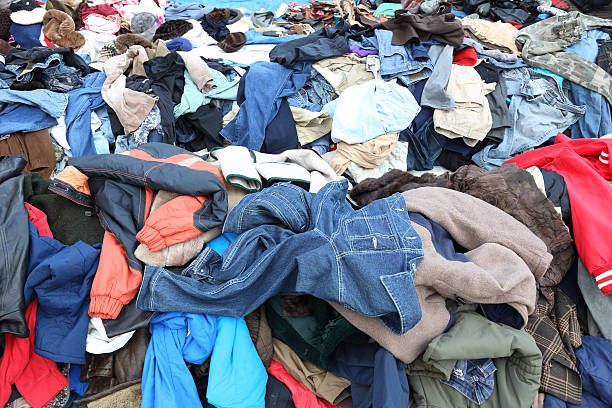Unveiling the Secrets of Slow Fashion: A Deeper Look into Mindful Shopping
Walking through the bustling streets and peering into the brightly lit windows of high-street stores, you can't help but notice the rapid cycle of new styles. Could there be a more sustainable, thoughtful way to shop? Welcome to the world of slow fashion.

History of Slow Fashion
The term “slow fashion” was coined in 2007 by sustainable design consultant Kate Fletcher, who drew inspiration from the Slow Food movement. The concept is an alternative to fast-fashion’s mass production and consumption. It encourages consumers to buy less, choose well, and make clothes last longer.
The Appeal and Evolution of Slow Fashion
Slow fashion is not just about being environmentally friendly; it’s a lifestyle choice. Consumers are becoming more conscious of their purchasing decisions and the impact it has on the environment. As a result, the demand for sustainable and ethically-produced garments is on the rise.
Moreover, slow fashion is not about chasing trends. It is about timeless style, quality over quantity, and personal expression. It celebrates artisanal skills and craftsmanship, resulting in unique pieces that stand the test of time.
Influences and Current Trends
The global shift towards sustainability and ethical consumption has significantly influenced the fashion industry. Brands are now focusing on transparency and ethical manufacturing, making slow fashion a growing trend.
Key industry players like Stella McCartney and Eileen Fisher champion slow fashion with their sustainable collections. Even high-street brands like H&M and Zara have launched conscious collections, reflecting the industry’s shift towards a more ethical model.
Smart Shopping: Embracing Slow Fashion
- Invest in Quality: Choose garments made of high-quality materials. They might be more expensive upfront, but they will last longer and save money in the long run.
- Support Local Artisans: Buying from local artisans not only supports the local economy but also ensures that you get unique pieces made with love and craftsmanship.
- Think Before You Buy: Before making a purchase, consider if you really need it and if it will add value to your wardrobe.
- Care for Your Clothes: Proper care can significantly prolong the lifespan of your garments. Read care labels, air dry when possible, and repair rather than replace.
Conclusion
Slow fashion calls for a new way of thinking about fashion and consumption. It invites us to take a step back from the fast-paced fashion cycle and consider the impact of our choices. While it might not be as flashy or as immediate as its fast-fashion counterpart, slow fashion offers a fresh perspective on shopping and style—one that values quality, sustainability, and mindful consumption. It’s not just a trend; it’s a movement towards a more sustainable and thoughtful way of living. Embracing slow fashion is not only good for the environment but also allows us to express our individuality and values through our clothing choices.




